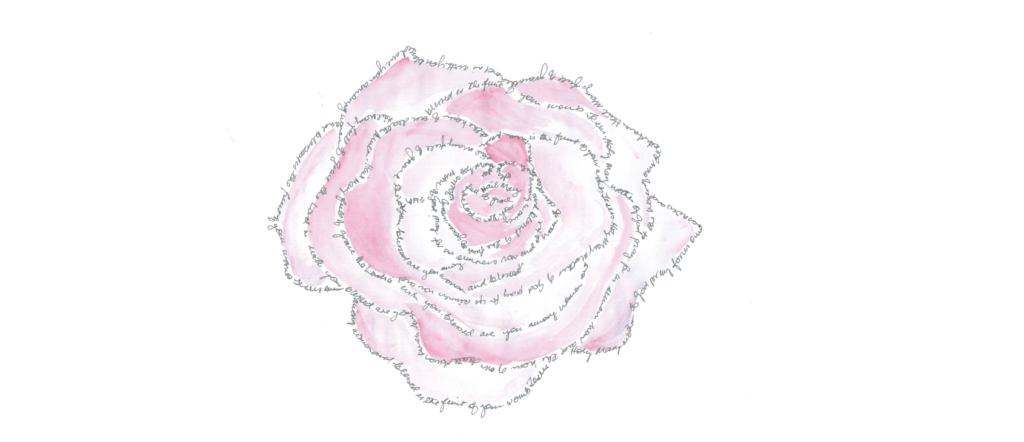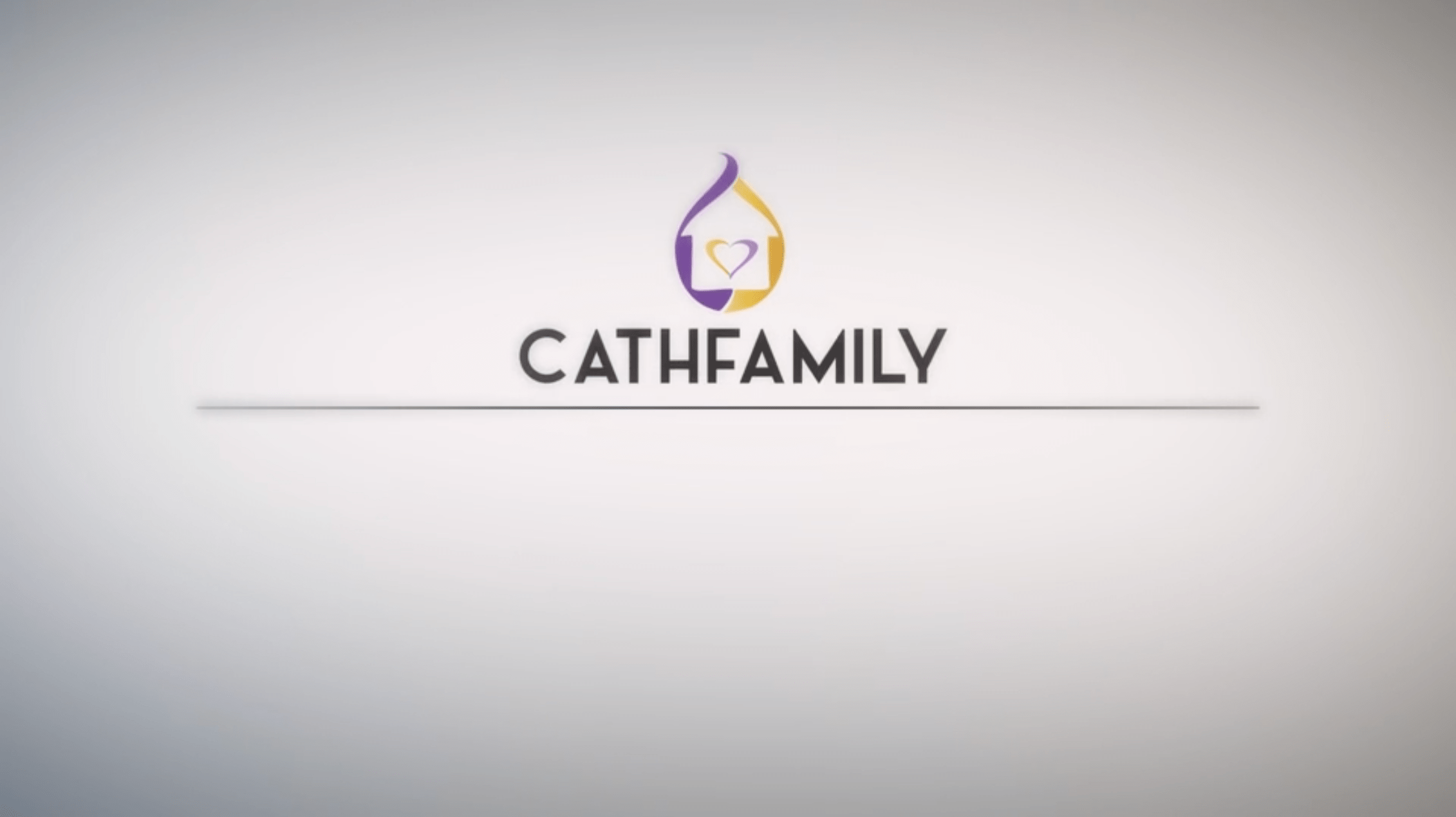Microcalligraphy

Microcalligraphy, or micrography, is a Jewish form of contemplating scripture developed in the 9th century. It uses minute hand-scribed passages of the scriptures to trace the outlines of an image.
Two forms are commonly used. The first uses geometric or decorative patterns to organise the text into a non-representational work. In this form, the pattern itself is often generic with no specific relationship to the text. Alternatively, to personalise this further, you could adapt a pattern from the decorative elements that adorn your local church or cathedral, such as the mosaic floors or stained-glass windows.
The second form of microcalligraphy uses a figurative image that is drawn from the user’s prayerful imagination. In this more personal and expressive form, the image itself conveys interpretive meaning of the text and conveys the emotional response of the creator.
Materials:
- Pencil & eraser
- Black fine tip marker
- Colouring pencils or watercolour
- Breathe: Prepare to receive God’s Word as usual.
- Listen: Read your chosen passage or phrase several times. Allow any images or symbols to emerge in your imagination. Lightly sketch with a pencil the outline of your image.
- Respond: Using a fine pen, trace over the lines with your passage in tiny letters, repeating the phrase until all lines are covered. This is process is akin to a mantra – every time you write the phrase, it more deeply penetrates your awareness.
- Erase the pencil lines, and if desired, use watercolours or coloured pencils to decorate and add depth of meaning.

